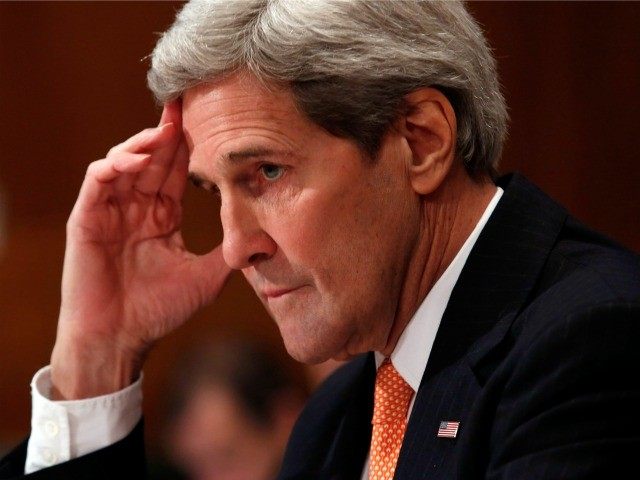This article originally appeared at New York Magazine:
Last week in Geneva, U.S. and Iranian officials kicked off another round of talks in an attempt to resolve the long conflict over Iran’s nuclear program. While Iran insists it only wants to use nuclear technology for peaceful purposes, and has every right to do so, world powers fear the country is working to develop a nuclear bomb.
Since 2003, the international community has repeatedly tried to cut a deal to curb Iran’s uranium enrichment program, and both sides are hopeful about the current negotiations. Here’s a look at how we got to this potentially historic moment, and what to expect as the final deadline approaches.
When did the negotiations begin?
The conflict over Iran’s nuclear program dates back to the ’70s (the New York Times has a handy timeline), but the current talks began with theNovember 2013 accord in which Iran agreed to freeze much of its nuclear activity and accept more international oversight for the first time in more than a decade. In return, six major powers — Britain, France, Germany, China, Russia, and the United States — agreed to scale back sanctions that contributed to Iran’s serious economic problems in recent years. (The group is known as the P5+1, for the five permanent members of the U.N. Security Council, plus Germany.)
Even as the two sides praised the deal as the dawning of a new era, there was public disagreement over what it actually meant. Hassan Rouhani, Iran’s new, more moderate president, said, “Let anyone make his own reading, but this right is clearly stated in the text of the agreement that Iran can continue its enrichment, and I announce to our people that our enrichment activities will continue as before.” However, John Kerry, the U.S. secretary of State, quickly countered that there was “no inherent right to enrich” in the deal, adding, “everywhere in this particular agreement it states that they could only do that by mutual agreement, and nothing is agreed on until everything is agreed on.”
Read the full story at New York Magazine.

COMMENTS
Please let us know if you're having issues with commenting.